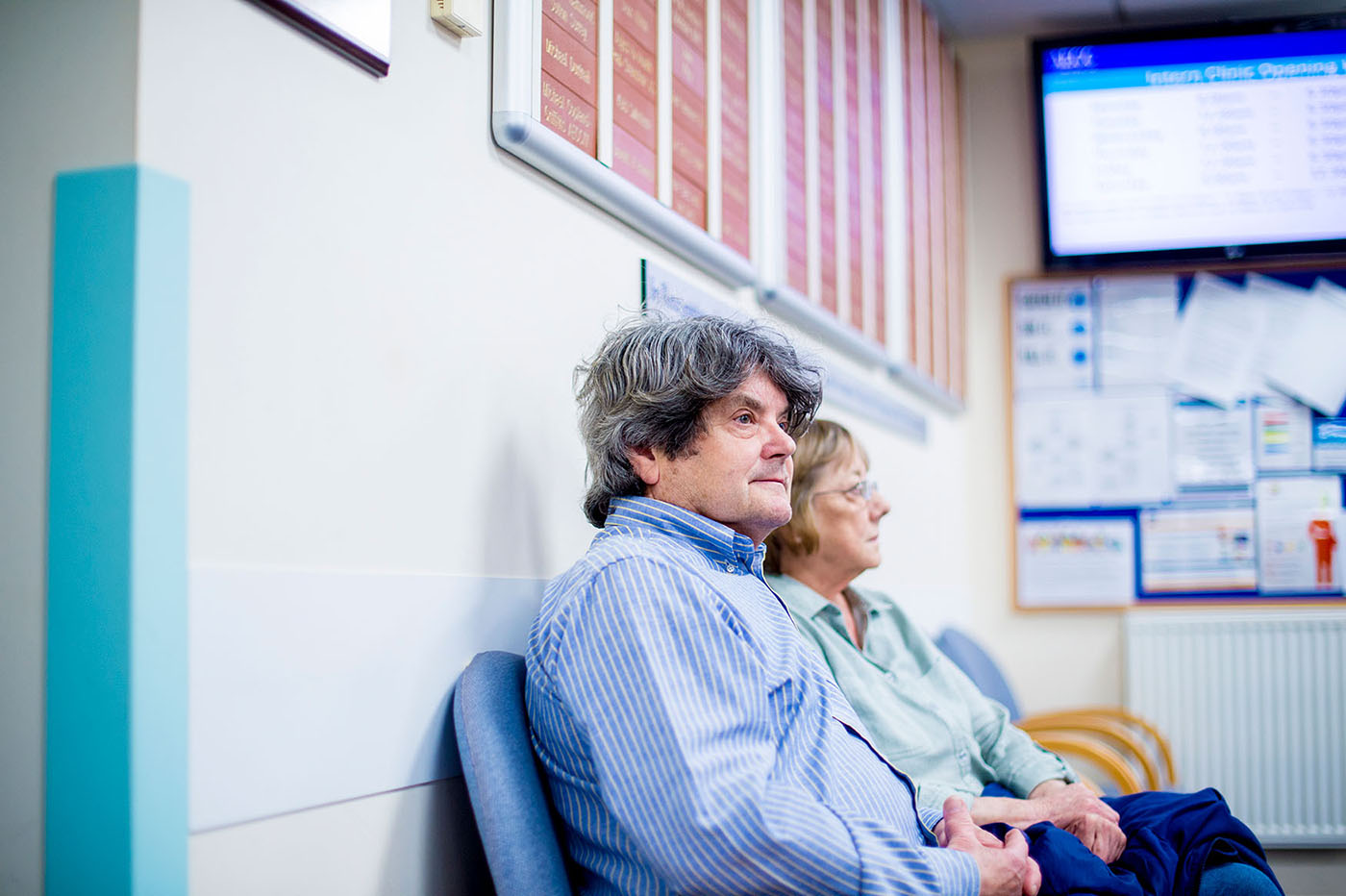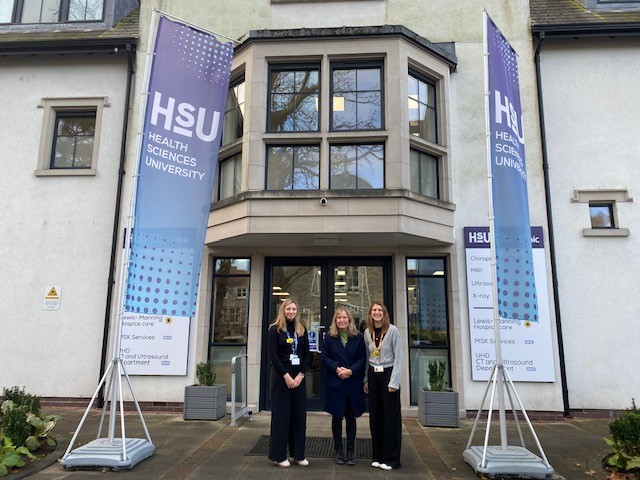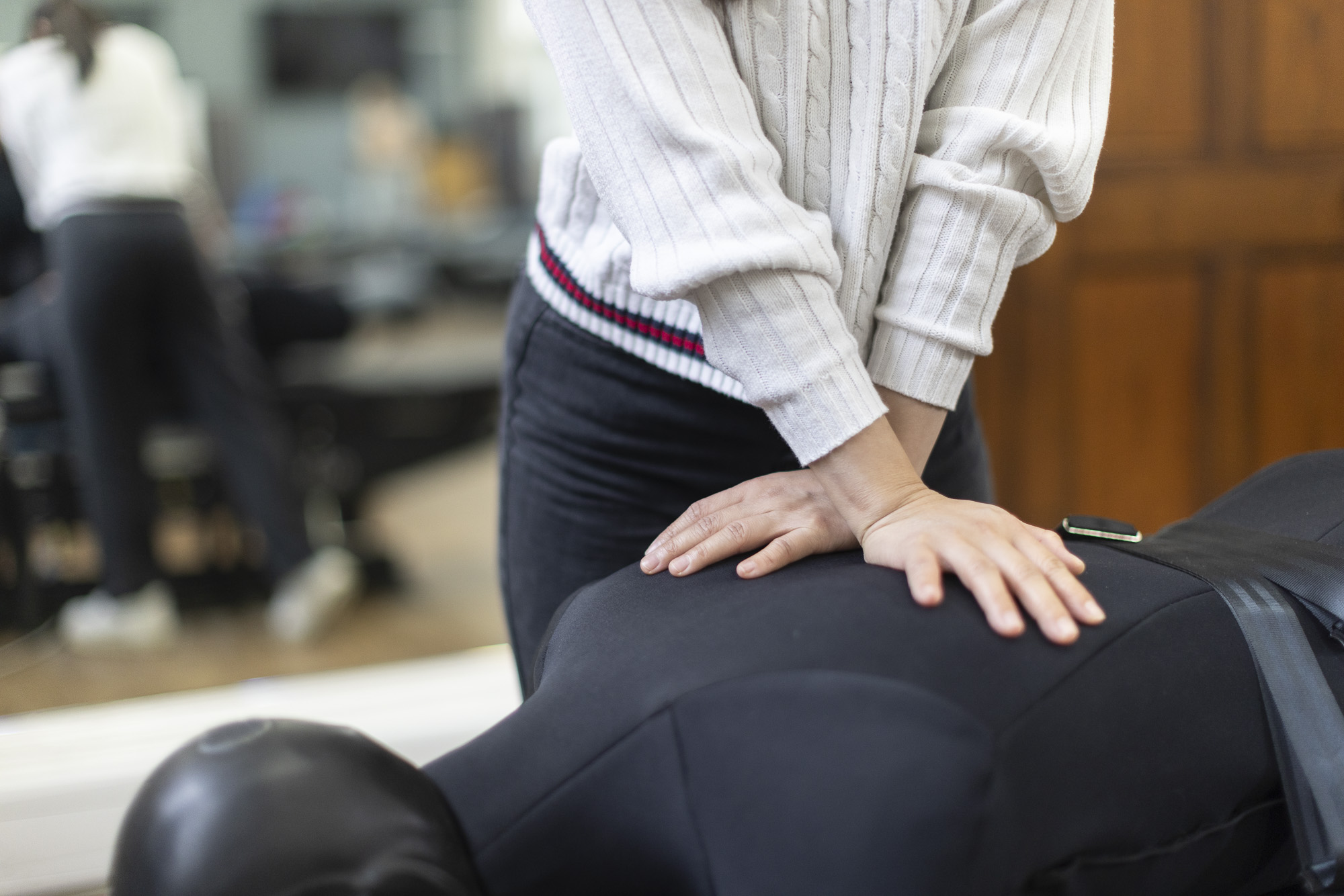
Overview
Gout affects 1 in 40 people with an increasing prevalence worldwide (Kuo et al 2015). Locally in Dorset a 219% increase in gout has been reported since 2019 (Patel 2024). Gout, together with associated cardio-metabolic comorbidities, is known to adversely affect overall quality of life (Watson 2023) and is associated with greater sickness absence (D’angelo 2023). Gout has a predilection for the foot, the first metatarsophalangeal joint accounting for 73% of gout flares (Stewart et al. 2016a). Gout is associated with altered gait patterns (Stewart 2016c ) loss of lower limb muscle strength (Stewart et al 2016b), poorer foot function (Petty et al 2019) and changes to tendon morphology (Stewart et al 2017, Otter et al. 2021). Nevertheless, the impact on the individual of this considerable foot involvement seen in gout remains largely unknown, in contrast to other inflammatory arthropathies where foot disease is known to have a negative impact on quality of life (Wickman et al, 2004, Otter et al. 2012, R-Cobo et al. 2020). Importantly, some of the recommended lifestyle modifications (e.g. physical activity) are difficult for people to engage with, given reported foot pain and disability, potentially further impacting health and well-bring.
Project Contact:
Dr Simon Otter
Email: sotter@aecc.ac.uk
Details
This PhD seeks to systematically explore and delineate the extent, impact and nature of the extensive foot-related pathology in gout on the wider determinants of well-being such as health-related quality of life.
By examining pain, functional limitations, psychological well-being, and social participation, alongside factors like physical activity, employment, and healthcare access, this research will provide insights into the lived experience of gout in the foot. The findings will inform person-centred, non-pharmacological management strategies, contributing to a more holistic understanding of the impact of gout beyond pharmacological treatment.
Given that the impact of foot pathology associated with gout have both functional and experiential aspects, mixed-methods approach would offer the best approach to exploring this issue. The study will begin with a systematic review of the literature to synthesise existing literature focused on functional and experiential aspects of foot involvement in gout seeking to identify gaps in knowledge regarding its impact on health-related quality of life and well-being.
A quantitative survey will be developed using a mixed methods approach will seek to use validated instruments (e.g. Manchester Foot Pain disability Questionnaire) to delineate the nature, extent and impact of foot-related disease in gout together with validated measures of wider patient-reported outcomes in gout (e.g. Gout Assessment Questionnaire). The survey will be distributed to a representative sample through clinical settings and patient support networks, with statistical analysis used to determine associations between foot pathology and well-being indicators such as mobility, employment, comorbidities and healthcare access.
To gain a deeper insight into the lived experiences of individuals with gout, an in-depth qualitative exploration utilising semi-structured interviews will be conducted with a purposive sample to offer greater insight into the nature, extent and impact on quality of life of foot-related disease in gout reported by patients enabling an opportunity to identify potential gaps in current outcome measurement.
To provide evidence (or otherwise) of foot pathology in gout being associated with negative outcomes related to health-related quality of life in people with gout. To identify relevant, patient-centred opportunities for intervention with a wider patient acceptance, offering the opportunity to bid for additional grant funding (e.g.NIHR RfPB monies).
Gout is the most prevalent inflammatory arthritis with significant foot involvement, yet there is no published care pathway to manage extensive foot/lower limb impact. In contrast other inflammatory conditions (e.g. rheumatoid arthritis) have established, evidence-based foot specific, criteria to guide practice (Chapman et al. 2025). This work seeks to expand our patient-centred understanding of gout, its impact on function associated with the wider determinants of health-related quality of life to inform clinical practice for this increasingly common condition. This proposal aligns to recently funded work (Wessex Health Partnership) that aims to delineate the lifestyle modifications (e.g. engagement with physical activity and dietary changes) that those with gout have been recommended.
Funding 
We have funding available via fee-waiver support for up to three UK home students. Applicants are asked to make it clear as part of their application that they are applying for this opportunity. Decisions will be made based on the excellence of the candidate.
Self-funded students are also welcome to apply for this project. Self-funded students can be UK home students or international students.
Availability 
Available to both UK and International students.
Potential Supervisors 
- Dr Simon Otter, Associate Professor – Podiatry, School of Health and Rehabilitation Sciences
- Dr Michelle Evans, Lecturer Sports Rehabilitation, School of Health and Rehabilitation Sciences
- Prof Dave Newell, Professor Integrated Musculoskeletal Care, AECC School of Chiropractic
References 
Chapman LS, Backhouse M, Corp N, et al., British Society for Rheumatology Guideline Steering Group , The British Society for Rheumatology guideline for the management of foot health in inflammatory arthritis, Rheumatology, 2025, https://doi.org/10.1093/rheumatology/keaf071
D’Angelo S, Walker-Bone K, Goodson N, Gout and work participation in British adults: findings from the Health and Employment After Fifty study, Rheumatology, 62, Suppl 2, April 2023, P036, https://doi.org/10.1093/rheumatology/kead104.077
Kuo CF, Grainge MJ, Mallen C, Zhang W, Doherty M. Rising burden of gout in the UK but continuing suboptimal management: a nationwide population study. Ann Rheum Dis. 2015;74:661–7. . doi: 10.1136/annrheumdis-2013-204463.
Otter S, Payne C, Jones AM, Webborn N, Watt P. Differences in Achilles tendon stiffness in people with gout: a pilot study. BMC Musculoskelet Disord. 2020 Oct 7;21(1):658. doi: 10.1186/s12891-020-03598-3.
Otter, S.J., Lucas, K., Springett, K., et al. , Identifying Patient-Reported Outcomes in Rheumatoid Arthritis: The Impact of Foot Symptoms on Self-Perceived Quality of Life. Musculoskeletal Care, 2012 10: 65-75. https://doi.org/10.1002/msc.1001
Patel R, 2024 The return of Victorian diseases. https://nowpatient.com/health-news/the-return-of-victorian-diseases.
Petty, H.R., Rathod-Mistry, T., Menz, H.B. et al. Foot structure, pain and functional ability in people with gout in primary care: cross-sectional findings from the Clinical Assessment Study of the Foot. J Foot Ankle Res 12, 8 (2019). https://doi.org/10.1186/s13047-019-0317-2
Reinoso-Cobo A, Gijon-Nogueron G, Caliz-Caliz R, et al Foot health and quality of life in patients with rheumatoid arthritis: a cross-sectional study BMJ Open 2020;10:
https://doi.org/10.1136/bmjopen-2020-036903
Stewart S, Dalbeth N, Vandal AC, Rome K. The first metatarsophalangeal joint in gout: a systematic review and meta-analysis. BMC Musculoskelet Disord. 2016;17:69.
Stewart S, Mawston G, Davidtz L, et al. Foot and ankle muscle strength in people with gout: a two-arm cross-sectional study. Clin Biomech 2016;32:207–11
Stewart S, Dalbeth N, Vandal AC, Rome K. Spatiotemporal gait parameters and plantar pressure distribution during barefoot walking in people with gout and asymptomatic hyperuricemia: comparison with healthy individuals with normal serum urate concentrations. J Foot Ankle Res. 2016;9:15.
Stewart, S., Dalbeth, N., Otter, S. et al. Clinically-evident tophi are associated with reduced muscle force in the foot and ankle in people with gout: a cross-sectional study. J Foot Ankle Res 10, 25 (2017). https://doi.org/10.1186/s13047-017-0207-4
Watson L, Belcher J, Nicholls E, et al. Factors associated with change in health-related quality of life in people with gout: a 3-year prospective cohort study in primary care. Rheumatology (Oxford). 2023 Aug 1;62(8): 2748-2756. doi: 10.1093/rheumatology/keac706.
Wickman AM, Pinzur MS, Kadanoff R, Juknelis D. Health-Related Quality of Life for Patients with Rheumatoid Arthritis Foot Involvement. Foot & Ankle International. 2004;25(1):19-26. doi:10.1177/107110070402500105
Latest News
Discover and read all the latest news, press releases and happenings here at Health Sciences University.

Health Sciences University (HSU) recently hosted a thought-provoking panel discussion in celebration of International Day of Women and Girls in Science.

Dr Mahitha Naidu has recently graduated from the MSc Podiatry (Pre registration) course at Health Sciences University.

Health Sciences University, in collaboration with Dorset HealthCare, has launched a new Brain Health Clinic on its Bournemouth campus.

Carla tells us more about her experience of the course so far and what she enjoys about being part of the HSU community.

Dan Egelstaff is a First Year student on the MSc Occupational Therapy (pre-registration) course. The degree at Health Sciences University appealed to Dan when he was working as a Learning Disabilities Support Worker during the Covid-19 pandemic.

Natalia Purkiss is in her first year of the MSc Occupational Therapy (pre-registration) course at Health Sciences University.
